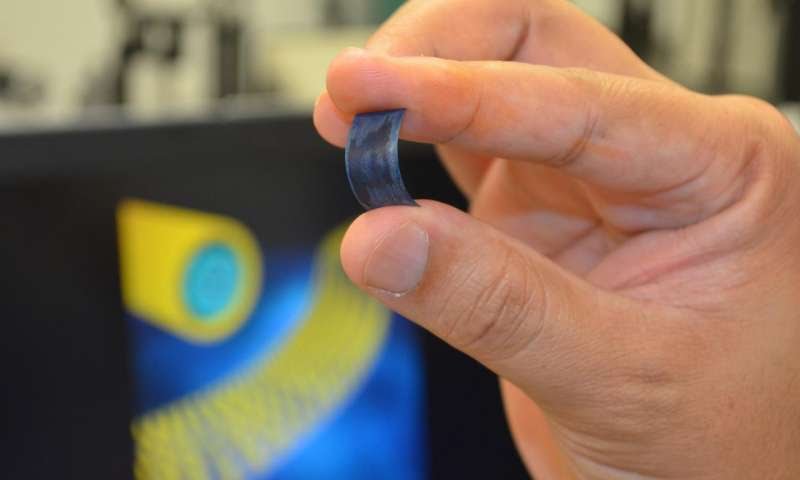
Have you imagined charging your mobile phone in seconds.A team of UCF (University of central Florida) scientists has developed a new process for creating flexible supercapacitors that can store more energy and be recharged more than 30,000 times without degrading.
The novel method from the University of Central Florida's NanoScience Technology Center could eventually revolutionize technology as varied as mobile phones and electric vehicles.
"If they were to replace the batteries with these supercapacitors, you could charge your mobile phone in a few seconds and you wouldn't need to charge it again for over a week," said Nitin Choudhary, a postdoctoral associate who conducted much of the research published recently in the academic journal ACS Nano.
Anyone with a smartphone knows the problem: After 18 months or so, it holds a charge for less and less time as the battery begins to degrade.
Scientists have been studying the use of nanomaterials to improve supercapacitors that could enhance or even replace batteries in electronic devices. It's a stubborn problem, because a supercapacitor that held as much energy as a lithium-ion battery would have to be much, much larger.
The team at UCF has experimented with applying newly discovered two-dimensional materials only a few atoms thick to supercapacitors. Other researchers have also tried formulations with graphene and other two-dimensional materials, but with limited success.
"There have been problems in the way people incorporate these two-dimensional materials into the existing systems - that's been a bottleneck in the field. We developed a simple chemical synthesis approach so we can very nicely integrate the existing materials with the two-dimensional materials," said principal investigator Yeonwoong "Eric" Jung, an assistant professor with joint appointments to the NanoScience Technology Center and the Materials Science & Engineering Department.
Jung's team has developed supercapacitors composed of millions of nanometer-thick wires coated with shells of two-dimensional materials. A highly conductive core facilitates fast electron transfer for fast charging and discharging. And uniformly coated shells of two-dimensional materials yield high energy and power densities.
Hi! I am a robot. I just upvoted you! I found similar content that readers might be interested in:
https://www.sciencedaily.com/releases/2016/11/161121162043.htm
Downvoting a post can decrease pending rewards and make it less visible. Common reasons:
Submit
Nice
Downvoting a post can decrease pending rewards and make it less visible. Common reasons:
Submit